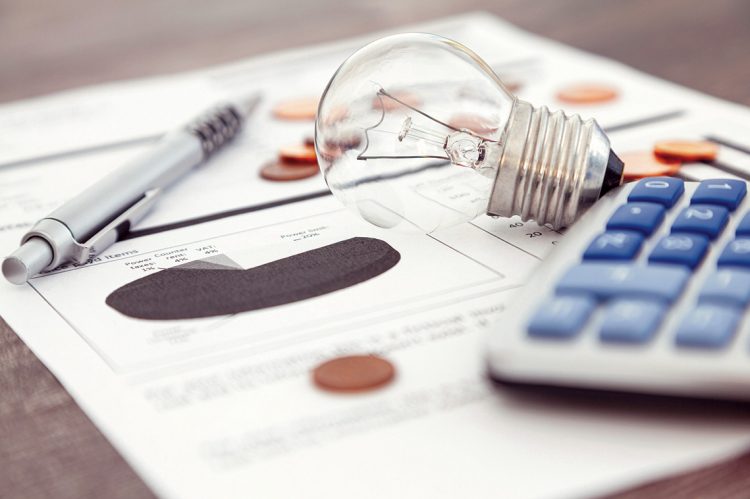The Inflation Reduction Act, which was recently passed and signed into law, includes an array of resources and tax incentives to help homeowners and commercial building owners make their properties more energy efficient.
Studies show that if property owners across the U.S. weatherized their buildings and installed high-efficiency heating, cooling and water-heating equipment, they would save billions of dollars on energy costs and reduce carbon emissions. With the help of NAR members, and these incentives, owners of real estate will begin to put these systems in place and realize these benefits.
- The bill extends the previous tax credit for energy-efficient home improvements through 2032 and increases the credit from 10% to 30%, starting in 2023. It replaces the previous lifetime cap on these credits with a $1,200 annual credit limit, including $600 for windows and $500 for doors.
- The bill extends the Residential Clean Energy Tax Credit through 2034 for homes that produce their own energy through residential solar, wind, geothermal and biomass. It maintains the previous credit rate but adjusts the project dates by applying a 30% credit for projects started between 2022 and 2032. The credit decreases to 26% for projects started in 2033, and 22% for projects started in 2034.
- The HOMES program in the bill will provide $4.3 billion in rebates ranging in size from $2,000 to $8,000 for homeowners who make energy upgrades and achieve significant energy savings. The High-Efficiency Electric Home program will make $4.5 billion available in rebates ranging in amounts from $840 to $8,000 for homeowners to install high-efficiency heat pumps, heat pump water heaters, induction stoves and other electric equipment as well as to make weatherization improvements.
- The bill updates energy-efficiency requirements for commercial buildings, requiring efficiency to increase by more than 25%. The deduction begins at 50 cents per square foot and increases by 2 cents for each percentage point by which the improvements reduce energy and power costs, with a maximum deduction of $1 per square foot.
Building owners making energy-efficiency retrofits that are part of a qualified retrofit plan on a building that is at least five years old are able to deduct their adjusted basis in the property, as long as that amount doesn’t exceed a per square foot value determined on the basis of energy usage intensity.
A tax-exempt entity is allowed to allocate the deduction to the designer of the building or retrofit plan.
- The bill also includes agricultural and forestry provisions, including financial and technical assistance for private landowners to maintain and improve existing conservation systems and adopt additional conservation activities. For example, the bill provides $1.3 billion for conservation technical assistance provided through the Natural Resource Conservation Service.
The investments made by the Inflation Reduction Act will benefit property owners by helping them save money on utility bills, make their buildings more comfortable and reduce their carbon emissions.
For additional resources, visit NAR’s Sustainability page. This page will be updated periodically as these IRA programs come online.












